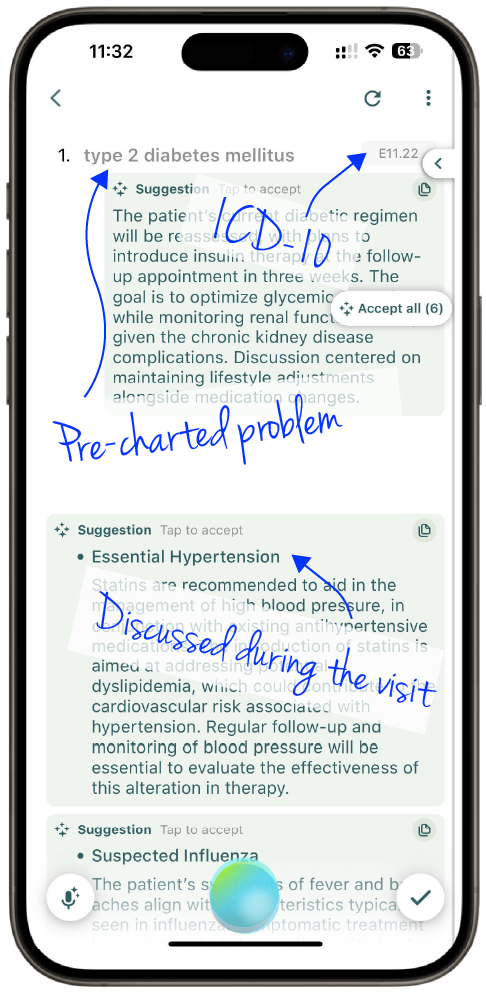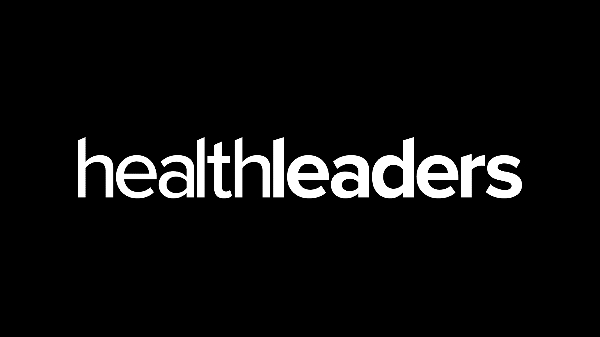Problem-based charting (PBC), also called problem-oriented charting, is a common way clinicians document patient care in electronic health record (EHR) systems. By organizing patient data around specific diagnoses or problems, PBC zeroes in on what truly matters in a patient’s healthcare journey.
Suki’s ambient PBC incorporates our deep EHR integrations and cutting edge AI to ensure the most important patient issues are front and center. The result? Streamlined and high-quality clinical documentation that empowers healthcare professionals to deliver better, more targeted patient care.
Customer Impact
Since the launch of ambient PBC for Suki Assistant earlier this year, we’ve seen an overwhelmingly positive response so far from clinicians who have experienced enhanced patient care coordination. The latest highlights across Epic, Athenahealth, Oracle Cerner, and MEDITECH include:
- Broad adoption by specialities: Used across 50+ specialties, including primary care as well as sub-specialities such as cardiology, orthopedic surgery, and neurosurgery
- Comprehensive capture of problems: 118,000+ additional problems that ambient PBC picked up and were accepted by clinicians
- Simplified documentation for clinicians: 65,000+ plans generated for EHR visit diagnoses
- High adoption: 68,000+ notes created with problem-based suggestions
Note: the data above represents the latest numbers in August; we’ve seen rapid growth and adoption these last few months and expect the upward trend to continue.
By capturing a comprehensive problem list and mapping problem-based suggestions to each of these problems, clinicians have noted more complete documentation along with easier coding associated with each of these problems.
How Ambient PBC Works in Suki
In a nutshell, with PBC capability, Suki recognizes problems discussed during the visit and generates problem-based plan suggestions. Suki automatically pulls any pre-charted diagnoses from the EHR and suggests a plan for those that were discussed during the encounter. If additional problems are discussed, Suki captures those too – it will generate suggestions for the additional problems and corresponding plans. As always, clinicians have full control over the ambiently generated content – they can accept, edit, or reject as needed, and even prioritize the problems in the order they were selected. Clinicians can also select the ICD-10 and HCC codes for new problems discussed during the visit that were not pre-charted.

When the note is submitted, these new problems and their plans will be added directly to the appropriate location in the EHR – both to the note as well as the encounter diagnosis list – no more copy and pasting.
Summary
Ambient PBC streamlines documentation and workflows, reduces redundancy in documentation, and ensures that critical information is readily accessible when needed. Clinicians have also seen improved data accuracy and better communication among healthcare providers. All of this ultimately allows clinicians to focus on the patient and not the EHR during the encounter.
For more details, reach out to your Customer Success Manager or drop us a line at support@suki.ai.



